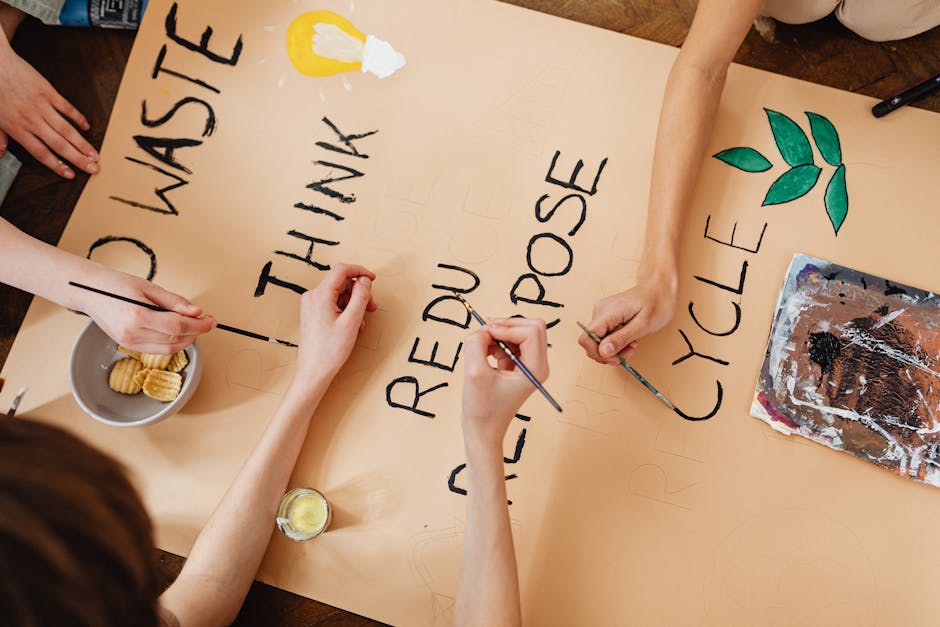
Indigenous Art Forms and Nature Conservation
Indigenous Art Forms and Nature Conservation
Indigenous cultures across the world have had a deep-rooted connection with nature. Their art forms not only showcase their rich heritage and traditions but also promote the importance of nature conservation and sustainability.
Traditional knowledge and practices have been passed down through generations, emphasizing a harmonious coexistence with the natural world. Indigenous artists often draw inspiration from their surroundings, incorporating elements of nature such as plants, animals, and landscapes into their artwork.
Promoting Environmental Awareness
Indigenous art forms play a crucial role in raising awareness about environmental issues. Through their unique artistic expressions, indigenous artists depict the beauty of nature while also highlighting its vulnerability.
These art forms serve as powerful tools to communicate the impact of human activities on the environment. Whether through paintings, sculptures, or intricate crafts, indigenous artists depict the fragile balance that exists in nature and the need for its preservation.
Sustainable Art Practices
Indigenous art forms often employ sustainable practices and materials. Many artists use natural and organic materials, such as clay, wood, feathers, and plant-based dyes, avoiding harmful chemicals or pollutants.
By incorporating sustainable practices into their creative process, indigenous artists demonstrate the importance of respecting and nurturing the environment. They showcase that art can be not only aesthetically pleasing but also environmentally responsible.
Preserving Traditional Knowledge
Indigenous art forms act as a means to preserve traditional knowledge and cultural heritage. They serve as a visual documentation of indigenous traditions, customs, and stories that are intertwined with nature.
Through practicing and showcasing their art, indigenous communities ensure that their ancestral knowledge related to nature is passed on to future generations. This helps in maintaining a strong connection between indigenous peoples and their natural surroundings.
Conclusion
The intersection of indigenous art forms and nature conservation illuminates the profound relationship between culture, tradition, and environmental consciousness. It is a reminder that art has the power to inspire and instigate positive change in the world.
